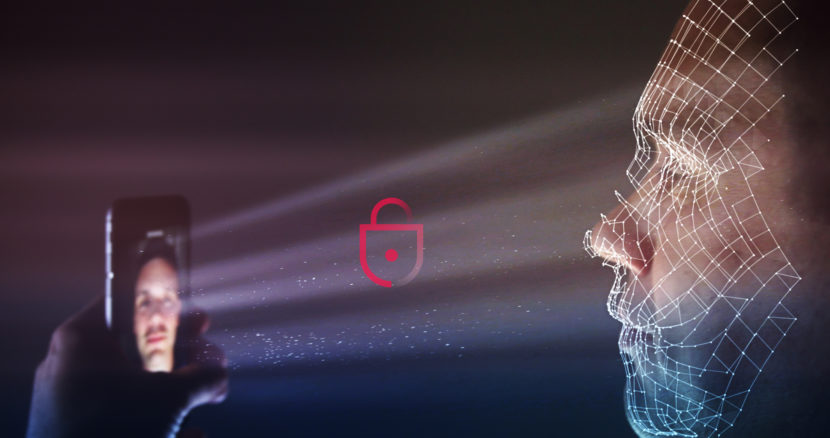What is Biometric Security?
A method of authentication known as biometric security uses a person’s distinctive bodily attributes to identify them. Fingerprints, facial recognition, iris scans, and voiceprints are examples of common biometric identification methods. Because it is convenient, accurate, and challenging to forge, biometric security is growing in popularity. Read about our other post at bugify.in
The way biometric security systems operate is by taking a user’s biometric sample and comparing it to a template that has been saved. The user is verified if the two samples match. With error rates under 1%, biometric security systems are often quite accurate. Due to the individuality of biometric samples, they are extremely challenging to fake.
Biometric protection/security is used in a variety of applications, including:
- Access control to buildings, rooms, and devices
- Payment processing
- Mobile device security
- Law enforcement and border control
Biometric security has several disadvantages as well. Without the user’s knowledge or consent, biometric samples can be taken and utilized to track and monitor persons. Additionally, spoofing attacks, in which an attacker uses a phony biometric sample to gain unauthorized access, can be used to compromise biometric security systems.
Why is Biometric important
Future importance of biometric security is probably going to increase as its use spreads. This is because biometrics, which have a variety of benefits over conventional authentication techniques, are becoming more widely available and affordable.
Here are some specific examples of how biometric protection is being used today:
- Access control: Biometric authentication is being used to control access to buildings, offices, and other secure areas.
- Payments: Biometric authentication is being used to make payments at stores and restaurants.
- Mobile devices: Biometric authentication is being used to secure mobile devices and apps.
- Government services: Biometric authentication is being used to provide government services, such as passport applications and voter registration.
How to use biometric security for your advantages
Use biometric protection for your advantages they are as follows:
- Secure your devices and accounts: Use fingerprint or facial recognition to unlock your phone, laptop, and other devices, and to log in to your online accounts. This can help to prevent unauthorized access to your data and devices.
- Protect your finances: Use biometric authentication to authorize payments and transactions. This can help to prevent fraud and identity theft.
- Access restricted spaces: Use biometrics to access secure buildings, rooms, and other areas. This can provide a convenient and secure way to control access.
- Personalize your experiences: Use biometrics to tailor your experiences to your individual preferences. For example, you can use your fingerprint to unlock your phone and have your favorite apps automatically launch.
Here are some specific examples:
- Use fingerprint authentication to unlock your phone and pay for items with mobile wallets.
- Use facial recognition to log in to your work computer and access secure files.
- Use iris scanning to enter your home or office building.
- Use voice recognition to control your smart home devices and access personalized content.
conclusion
Biometric security is a good feature which has advantages and drawback it is use to secure your mobile phone , buildings and your devices and payment methods so it is a good thing for us for security purpose i recommend it use your more often in your system













